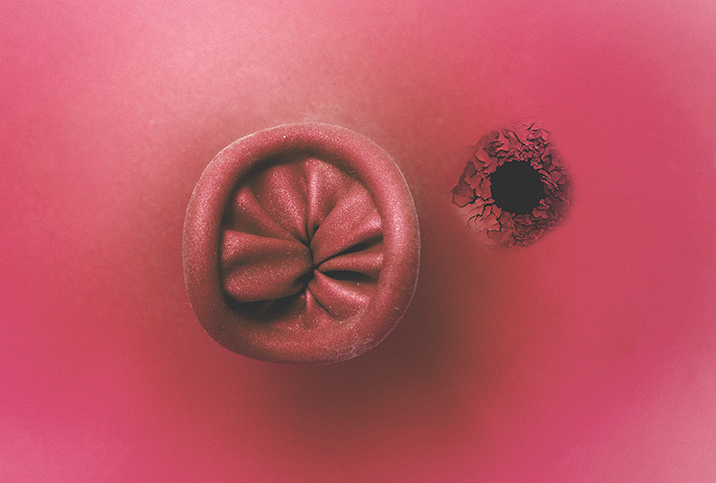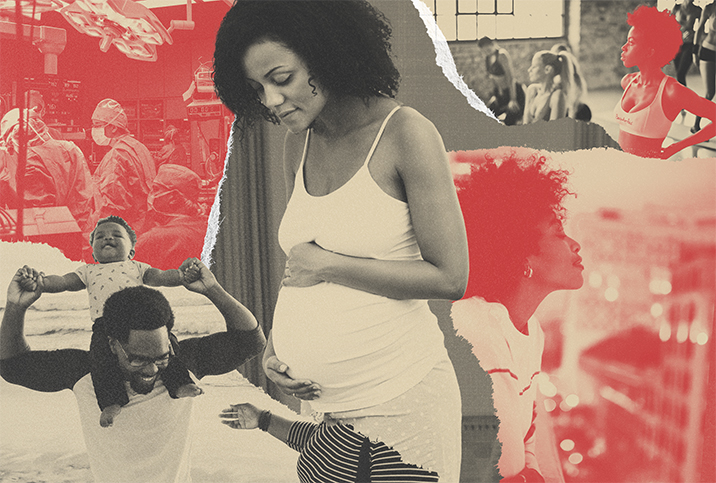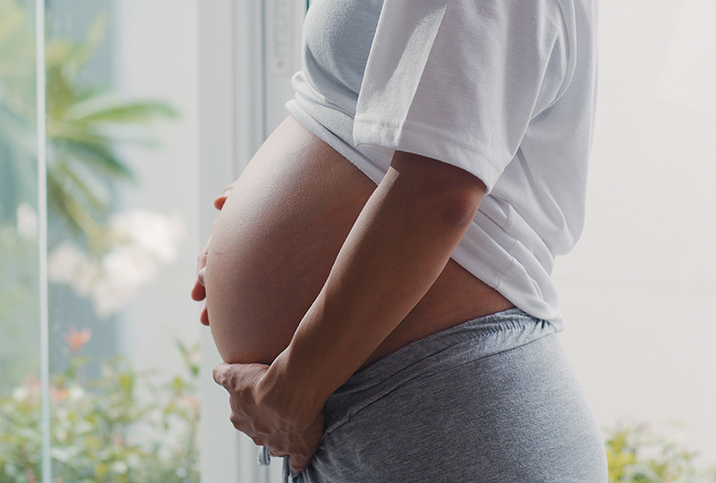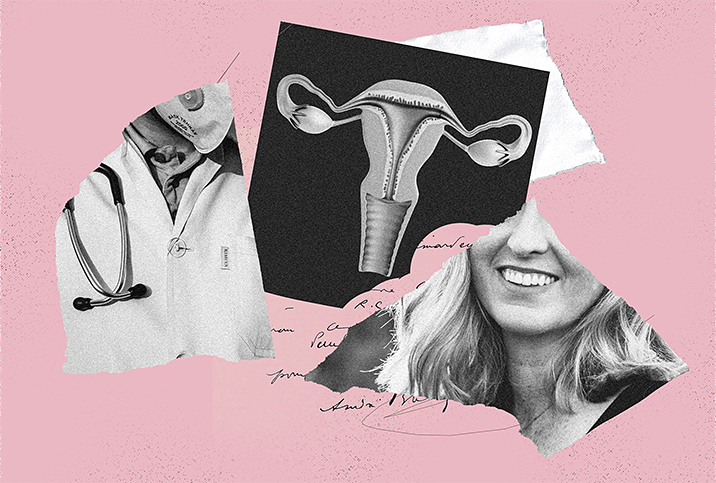Limited Healthcare Access Leaves Women at Risk for Obstetric Fistulas

Chances are, if you live in an area where C-sections and obstetric care are readily available, you probably haven't heard of obstetric fistulas. This condition is rare in countries with accessible healthcare, but is more common elsewhere.
The World Health Organization estimates between 50,000 and 100,000 women worldwide are affected by obstetric fistulas annually, and more than 2 million young women live with untreated obstetric fistulas in Asia and sub-Saharan Africa.
Fistulas are a devastating issue for the women affected, and awareness and education are key for prevention and treatment. We spoke with experts to learn more about this condition.
What exactly is a fistula?
Daniel Stone, M.D., FACOG, a urogynecologist with experience treating fistulas, explained a fistula is an abnormal connection between two organs or between an organ and the skin.
The National Association for Continence states the most common fistulas are those around the anus. An obstetric fistula is a fistula between a woman's genital tract and her urinary tract or rectum.
There are several types of obstetric fistulas, including:
- Ureterovaginal fistula between the ureter and vagina.
- Rectovaginal fistula between the vagina and the rectum.
- Urethrovaginal fistula between the vagina and urethra.
- Vesicovaginal between the bladder and vagina.
According to Kecia Gaither, M.D., MPH, a double board-certified physician in OB-GYN and Maternal Fetal Medicine with more than 20 years of experience, the primary cause of obstetric fistulas is from a childbirth injury, usually due to a prolonged and protracted labor.
"Due to the absence of timely medical intervention to the injury, a hole develops between the birth canal and the vagina and/or rectum," Gaither said.
Stone specializes in female pelvic fistulas and elaborated that for rectovaginal fistulas, stool and gas can pass through the vagina. For vesicovaginal fistulas, Stone noted the connection between the vagina and bladder allows urine to pass through the vagina.
Who is at risk?
Typically, women affected by obstetric fistulas are in rural areas or underdeveloped countries where there is a lack of accessible adequate obstetrical and medical care.
"In the U.S., the most common reason for this type of fistula is a hysterectomy," Stone explained. "However, in developing countries, the most common reason for this type of fistula is obstructed labor during childbirth."
The United Nations Population Fund notes the problem is also prevalent in young girls, because girls' bodies aren't yet developed for pregnancy. In cases of child marriage or unintended pregnancy, girls are particularly vulnerable to fistulas.
Stone added other risk factors for developing obstetric fistulas include gynecologic surgery, pelvic radiation, cancer, retained foreign bodies and inflammatory bowel disease. Although most of these risks are outside of our control, Stone said there are a couple of preventive measures that can be taken in specific instances.
"If you have a perineal laceration after a vaginal delivery and you feel like something is wrong, don't hesitate to have it evaluated sooner than later," Stone said. "Treating a wound infection or addressing a wound breakdown early on can prevent fistulas."
For women who are having a hysterectomy, Stone recommends going to a high-volume surgeon who has a lot of experience to reduce the risk of complications.
Symptoms and complications
Symptoms will largely depend on the location and organs involved in the fistula, but foul-smelling discharge or passage of stool from the vagina are signs to look out for, according to Gaither.
Other symptoms may include repeated vaginal or urinary tract infections, painful intercourse (dyspareunia), itching, burning and irritation in the vaginal area, fecal or urinary incontinence, abdominal or pelvic pain, and nausea.
In addition to painful physical symptoms, many women with fistulas experience emotional pain and societal stigma. Although rarely life-threatening, fistulas can be and often are devastating to quality of life and mental well-being, Stone said.
Many women who lack access to treatment for fistulas live in rural areas with a lack of awareness surrounding the issue in the first place. Some women may not even know they are suffering from fistulas and may be led to believe they are cursed. This often leads to shame and social segregation.
Treatment and recovery
Typically, there are two treatment paths: watching and waiting, or surgery.
Gaither said obstetric fistulas are rare complications that can sometimes heal on their own. When fistulas do not heal on their own, surgical repair is recommended.
For recent fistulas, Stone said "watching and waiting" is necessary to allow the tissue time to heal on its own, if possible, or in cases where surgery needs to be delayed. "This is often the case when treating cancer or there are other serious medical issues that need to be addressed," he explained.
'The success rate is usually greater than 90 percent at resolving the fistula.'
While watching and waiting can sometimes result in the spontaneous resolution of small fistulas, surgery is the usual treatment route for more serious cases. Surgery can be done in several ways: vaginally, open (with a large incision), or laparoscopically. Depending on factors, such as the size and location of the fistula, the surgical procedure can vary significantly.
Successful recovery is quite high. "The success rate is usually greater than 90 percent at resolving the fistula," Stone said.
"The recovery process will involve six to eight weeks of nothing in the vagina, four to eight weeks of limited lifting, one to two weeks of being very tired, and two to three days of needing some stronger pain medications," Stone added. "For vesicovaginal fistulas, a catheter is left in place for one to two weeks to allow the bladder to continually drain and heal."
Rectovaginal fistulas require additional healing time. After surgery, there is a period of time where solid food is limited to avoid bowel movements.
Stone stressed fistulas are rare and not something the average woman should worry about. "However, I think these conditions are important to know about so we can show empathy and compassion to anyone struggling with these issues," he concluded. "And to know that there are treatments for these conditions."

















